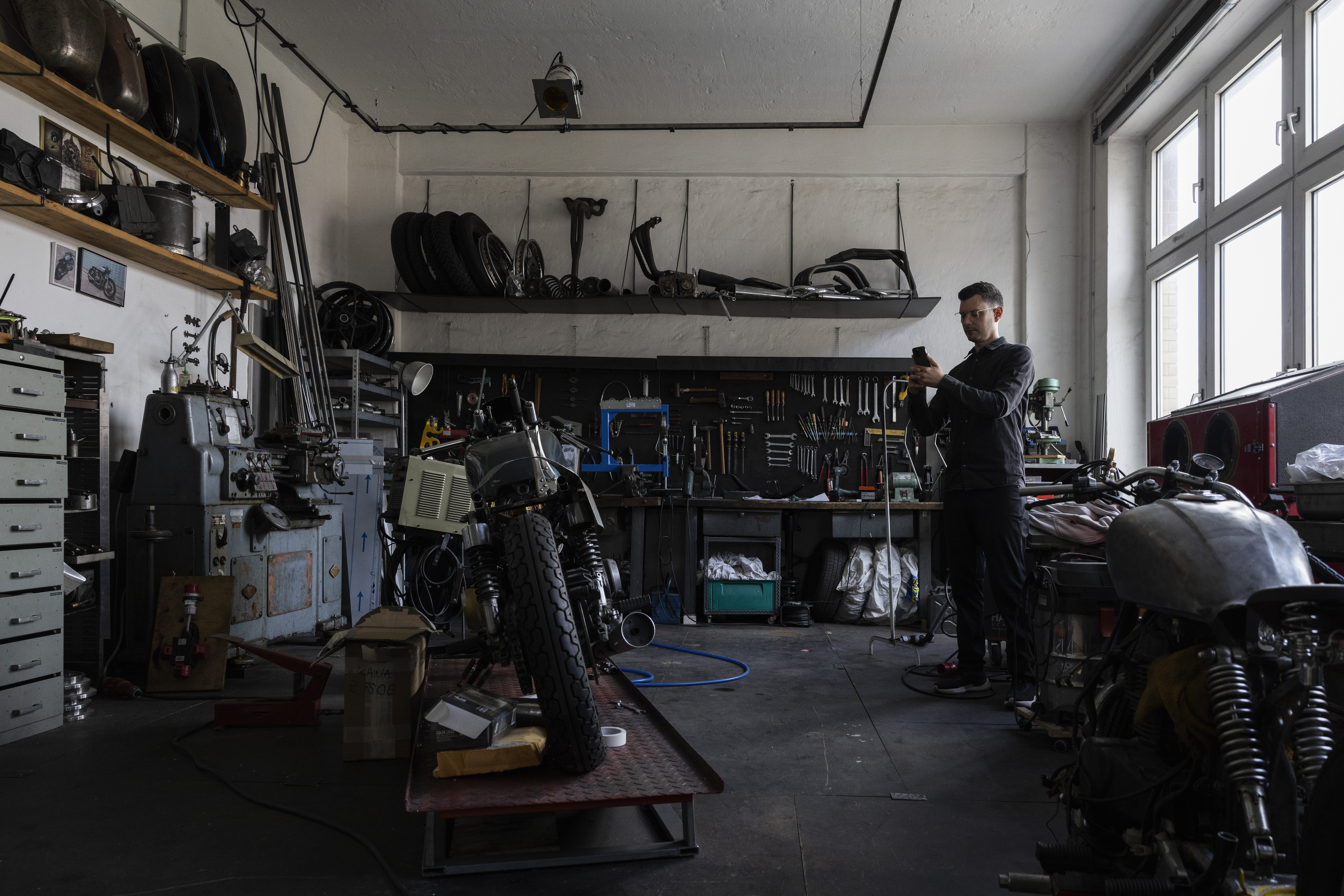 EMERGING TECH
EMERGING TECH
 EMERGING TECH
EMERGING TECH
 EMERGING TECH
EMERGING TECH
Finland-based virtual reality firm Varjo Technology Oy today unveiled Teleport, a brand-new service that will allow users to create 3D environments for spatial computing applications such as virtual reality using only their smartphones.
Until now, virtual and mixed reality experiences were cumbersome and difficult to get into VR. Much of building for VR content has been limited by generated content that required advanced skills or tools that involved either artists or engineers using photogrammetry, the process of extracting 3D information from photos, to create the assets. Finally, building scenes that people could walk around could take weeks or months to combine.
“The big narrative for us is one thing holding back VR has been how hard it is to create high-quality content for end users,” Patrick Wyatt, chief product officer at Varjo, told SiliconANGLE in an interview. “VR hasn’t had its YouTube moment in that way. This, I think, is one of the first ways that people can start creating content. It doesn’t require any particular equipment beyond a consumer smartphone.”
Using Teleport, anybody can recreate a high-resolution 3D model of an environment using an iPhone and turn a room or an outdoor environment into a VR scene. It recreates it with such high fidelity that it’s hard to tell the difference between it and a high-quality VR video stream.
The service reconstructs it with accurate lighting, shading, textures and reflections that allow the person to walk around the scene by using machine learning and a technique called gaussian splatting. This means that once rendered the user can move around the entire scene and is not limited to a fixed spot, it also means that the person scanning the scene must walk the entire area and scan it with their smartphone.
After a scene is scanned, it is uploaded to Varjo’s cloud and then processed so that it can be turned into a VR scene.
Varjo provided a quick demonstration of a garage with a motorbike in it that included high-fidelity shadows and lighting that could be walked around. The resolution was so good that the tread on the tire stood out when leaning in and the light angling in from the windows softly illuminated the wrenches and other tools hanging on the bench waiting to be used to fix the bike.
According to Wyatt, scanning this size of a room could take around five to 10 minutes to complete using a smartphone. It would then take a few hours to process. Much bigger scenes, for example a whole town square, could require the scanning process to take more than 2,000 photos, which would take more than 12 hours to process.
Today, users can immediately get access to scenes scanned by Teleport and walk around them and sign up for the waitlist to get the app on their iPhone. Wyatt said a version of the app will be coming to Android and other devices as well. The scene viewer is available for most headsets, such as Meta Platforms Inc.’s Quest 3 and Apple Inc.’s Vision Pro, and on the browser for personal computers.
“What we want to do is learn what people do with it,” Wyatt explained. “Discover where they see value, where they find the most compelling use cases, and then kind of define our roadmap around that,” Wyatt said. “Does it become a communication tool that becomes more like a tool that is part of other people’s software? I think we don’t fully know its potential yet.”
Potential uses for this technology could include reproducing offices and other spaces that people visit to make them feel more comfortable for collaboration, art shows or bringing entire night clubs into virtual reality. Industrial and enterprise use cases could include engineers using it to scan current factory floor or lab setups so that people could walk through them while discussing them. They could also be used to scan entire set pieces for games or social applications.
Wyatt said that he saw Teleport as a type of “foundational technology” that could be applied in different ways and over the course of the year, depending on customer use, it would receive features and updates fitting to its adoption.
A commercial launch is planned for Teleport toward the tail end of 2024.
Support our open free content by sharing and engaging with our content and community.
Where Technology Leaders Connect, Share Intelligence & Create Opportunities
SiliconANGLE Media is a recognized leader in digital media innovation serving innovative audiences and brands, bringing together cutting-edge technology, influential content, strategic insights and real-time audience engagement. As the parent company of SiliconANGLE, theCUBE Network, theCUBE Research, CUBE365, theCUBE AI and theCUBE SuperStudios — such as those established in Silicon Valley and the New York Stock Exchange (NYSE) — SiliconANGLE Media operates at the intersection of media, technology, and AI. .
Founded by tech visionaries John Furrier and Dave Vellante, SiliconANGLE Media has built a powerful ecosystem of industry-leading digital media brands, with a reach of 15+ million elite tech professionals. The company’s new, proprietary theCUBE AI Video cloud is breaking ground in audience interaction, leveraging theCUBEai.com neural network to help technology companies make data-driven decisions and stay at the forefront of industry conversations.